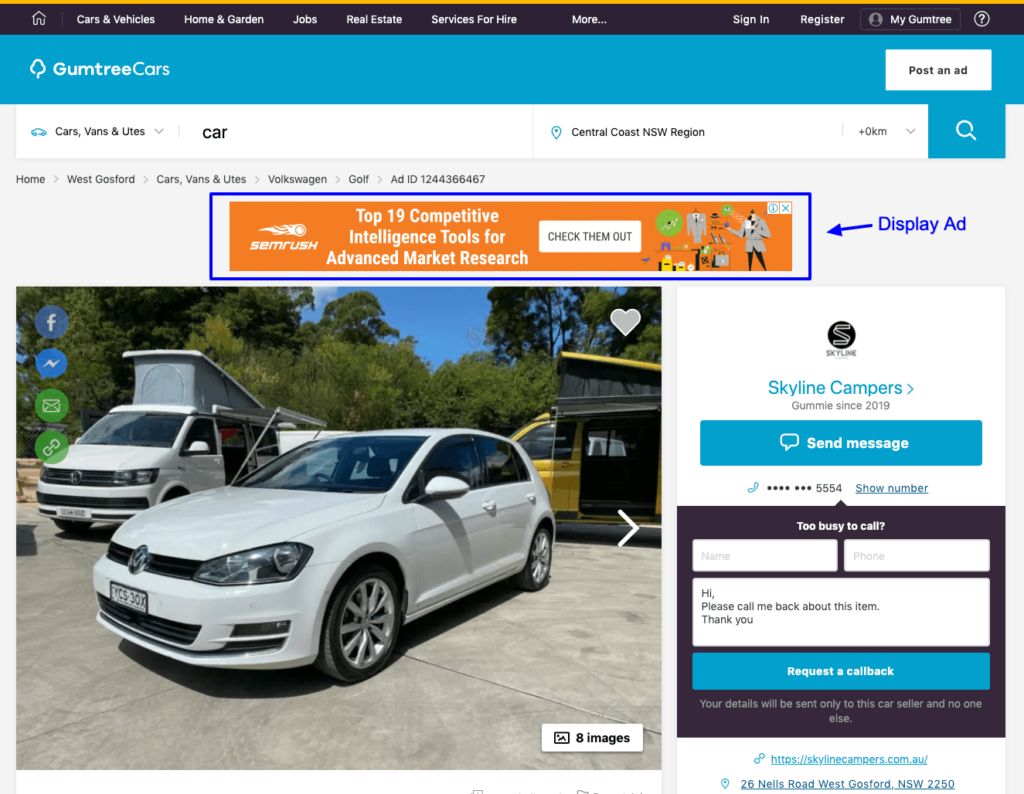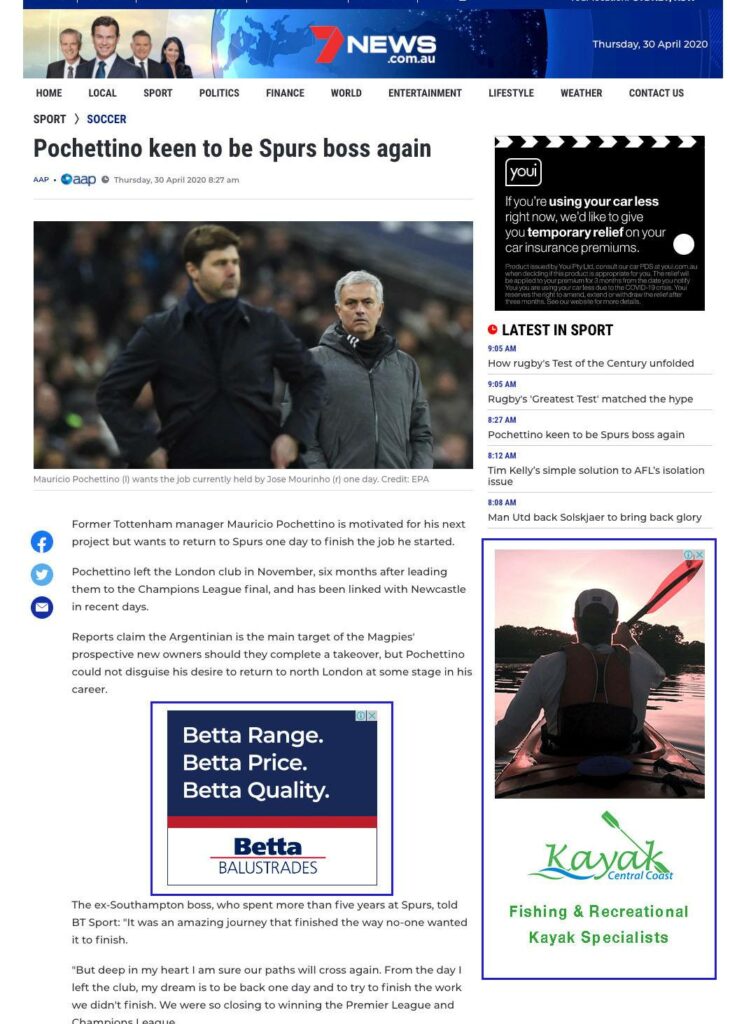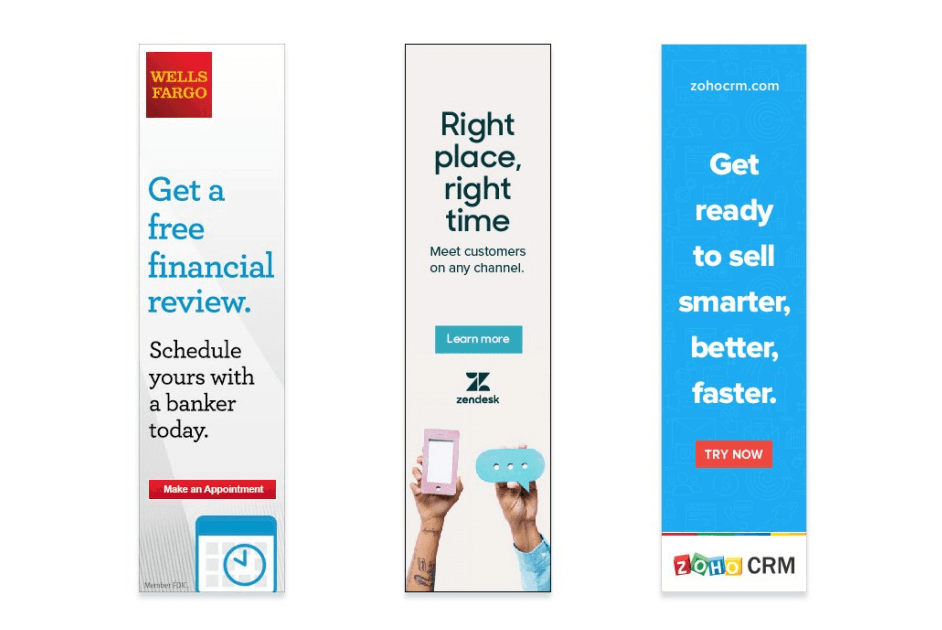We want to help business owners, marketing managers and brand managers grow awareness of their brand and the products it sells. To do this, we believe you need a better picture of how to target and attract new customers on the Google Display Network (GDN).
If you don’t know what we are talking about, or what a GDN is exactly (hint: it doesn’t stand for Greens Do Nothing, or Gary Does Newtown), this is still a great resource for you! We guarantee that by the end of this article, you WILL understand the difference between a Display Ad, Search Ad, In-Market group and Remarketing. You’ll also have a pretty good shot at getting much more out of your online advertising spend during the current climate.

What is the Google Search Network (and how can a business use it)?
Put simply, the Google Search Network is divided into two:
- the Search Network
- the Display Network
When a business decides to advertise on the Search Network, they create and publish text-based ads that appear in search engine results (Google Adwords). Whereas on the Display Network, a business creates unique image-based ads that appear across a huge network of advertising-supported sites.
Think of the Google Display Network as a passive style of advertising your business. For example, before arriving at this amazing Oddball article, you’ve likely already been served many “display ads” from several different brands promoting their product or service. This can happen subtly while reading your favourite blog, browsing for new Tiger-themed pyjamas, or trying to order bulk toilet roll online. So subtle is the art of well-placed Display Advertisements, that you don’t feel like they interrupt your online experience. You will be aware of the small banners and boxes (known in the industry by names such as leaderboards and skyscrapers), appearing around the content you are digesting – but you will rarely be distracted by them. But you will recall them when it matters if they are properly targeted and repeated in the right place, at the right time.
Example in context of Display Ads within a news article:

Why use Display and Programmatic Advertising in 2020?
There are many different platforms available to businesses looking to take advantage of Display Advertising as part of their marketing activities. This includes Criteo, Ad Roll and Google itself.
On its own, Google’s Display Network of collective sites reaches over 90% of internet users worldwide. The Google Display Network is the largest of all global display networks, with a collection of more than 2 million websites, serving more than one trillion impressions – Every. Single. Month.
As COVID-19 continues to keep Australians limited to their own household, the average person’s time that would have been spent consuming more traditional, physical forms of advertising (such as billboards, road signs, bus signage, newspaper and magazine ads), has now shifted dramatically online.
In a recent report from Global Web Index, findings revealed that 80% of people say they are now consuming more content online since the Coronavirus outbreak.
With that considered, now is probably a ripe time to ask yourself:
“How can potential customers find me right now?”
and
“What can I do to make it easier for potential customers to find me?”
This is where Display and Programmatic Advertising can help you out. One of the best ways to boost brand awareness and create more product awareness is to use this subtle, repetitive form of online advertising to develop a stronger presence online.
Examples of Display Ad messages, designs and sizes:


Image source: unbounce.com
How Display Ads can be Targeted
There are several ways to target internet users and create potential customers through the online Display Network. For example, in Paid Search Advertising, you must have keyword-level targeting. In Display Advertising, there are additional targeting options you can choose from, so keyword targeting is not required.
We’ve pooled together the main menu of targeting options marketers use to reach their ideal audience. As part of a successful marketing plan, the aim is to pick a winning combination of the below to skyrocket people’s awareness of your product or service… What will work best for your business?
Keyword Targeting
With Display Keyword Targeting, Google will serve ads alongside content that matches the keyword you have specified when setting up the campaign. For example, if we target the term “gym equipment”, Google may serve our ad on the same page as an article exploring the “best exercises to build muscle” or “how to get a body women want”.
Placement Targeting
With Placement Targeting, you have the ability to select the theme of websites you wish for your ads to display on. For example, if we want our ad to be served to internet browsers when they are consuming real estate related content, then we can choose specific websites that echo this, such as realestate.com.au or domain.com.au.
Interest Targeting
Google is freakishly clever. It identifies and places users in predefined interest groups based on their web browsing behaviour. These valuable interest groups are then further segmented as “In-Market” and “Affinity” interest groups. Google defines “In-Market” groups as closer to purchasing a particular product or service. For example, if we select the “Moving & Relocation” In-Market group, Google has determined users in that group are actively searching for removal and relocation services.
Audience Targeting
Audience Targeting allows you to serve thoughtful advertisements to users (or a subset of users), who have already visited your website. This is commonly referred to in the marketing industry as “Remarketing” to audiences. This is also why you may notice after visiting a website you seem to be followed around the internet by their ads afterwards!
An alternative option with Audience Targeting is to reach similar audiences to your existing one. These are audiences Google identifies as matching the characteristics of your current audience of website visitors. A very useful strategic tool for attracting new customers.
Topic Targeting
When you pursue Topic Targeting, your ad will reach a group of websites that fall under a selected topic. This differs from Interest Targeting, which reaches out to individual users based on their interests, whereas Topic Targeting will serve ads on websites based on the overall theme of that site. For example, if your business sells ready-made healthy meals, you may choose to serve ads on websites whose overall theme relates to ‘Health’.
Demographic Targeting
Through the Google Display Network, marketers and advertisers can target many individual areas including age, gender, household income and/or parental status. This ultimately minimises unnecessary budget being spent on serving ads to people who are unlikely to even need your product or service. For example, if your business sells fancy women’s clothing, you may restrict your Display Ads so that only females are served your ads. But then again, we live in the modern age, so this may even be too restrictive. Perhaps not the best example.
Image source: unbounce.com
Moving forward
Now you know what your specific targeting options are. There is no grey area, and if there is – give us a quick call to explain what GDA can do for you (no, it does not stand for Gosford’s Digital Natives…or maybe it kind of does?!).
Next, you need to figure out how to use your targeting options to your advantage. Your goal is to reach your intended audience. This is where things can get a little technical, so we would caution against going at it alone with a valuable marketing budget.
But you are not alone. Choosing to use Google Advertising to boost your business can be a team effort.
If you are interested in getting a Search Engine Marketing Specialist’s opinion on how to use Google Ads in your business, we recommend enlisting a professionally qualified Google Ads Agency to ensure you get the best return on your ad spend.







